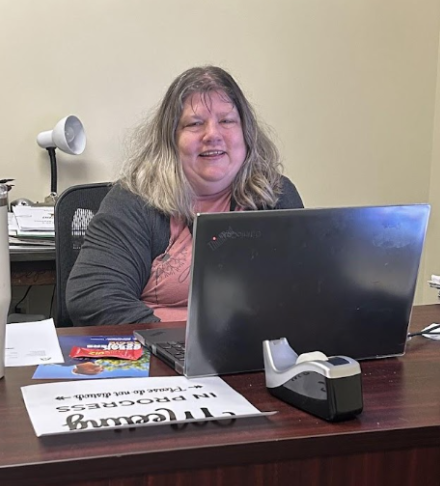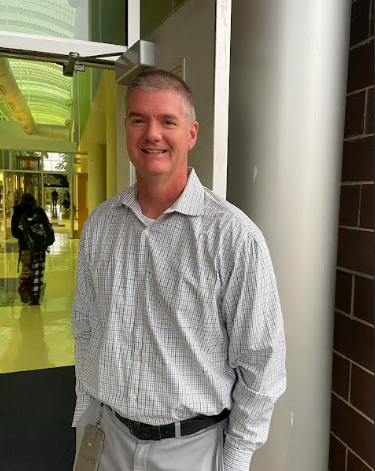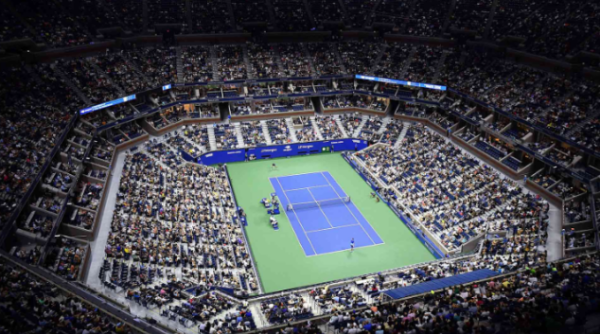WHS Students use Instagram ads to get Paid
Camille Cheffer poses with her Novashine LED light mouthpiece. Image taken from Cheffer’s Instagram.
Camille Cheffer’s senior year started out like any other: cheerleading filled her with excitement for the fall, a passion for religion helped her get through the first few tough days, and the presence of her boyfriend proved to make the struggle worthwhile. All this could be found on her Instagram page, which at the time of writing sits at 3,651 followers.
There is one defining feature, however, that makes Cheffer’s Instagram page (or “personal blog”) different from some of her less-followed classmates: the presence of a post advertising for the teeth-whitening company Novashine. The ad, posted on August 29th, would be the first of many seen on her Instagram page. “They told me to post a picture on my Instagram story account, and post a picture on my [Instagram] story to be a part of their ambassador program,” says Cheffer, who receives $20 every time she posts an ad for the company on her account, “Every week they send me the campaign for that week, and I get $20 for it.”
Other companies have similar “ambassador programs”, a trend that started when the Austrailian teeth-whitening brand HiSmile began advertising through what the company’s founder’s call “microinfluencers” – people with 1,000 to 3,000 followers. Snapwhite and Caliwhite, other teeth-whitening companies, have programs such as this, where people with significant followings on social media can be paid to promote their product. Both of these companies have an area on their site where influencers can apply to become a part of the program, but Novashine seems to take a more proactive approach to their social media advertising campaigns.
“They DM’d me on Instagram,” Cheffer explains, “they DM a lot of cheerleaders.” The company had previously worked with one of Cheffer’s friends and fellow cheerleaders Maddie Weisart. Weisert, who couldn’t be reached for comment, began advertising with the company a full year earlier than Cheffer in August 2018. Weisert’s social media presence is a significant one, her current following at a staggering 18.7 thousand. Novashine doesn’t allow just anyone to apply to their ambassador program like Snapwhite and Caliwhite – there seems to be an exclusive group of people contacted directly by the company.
Novashine itself is relatively new to the teeth-whitening scene, having been founded just last year (though the product itself existed before 2018) by three University of Missouri graduates who wanted to “develop a solution to the pains of teeth whitening,” according to their sites “Our Story” tab. The site also makes the bold claims that their kit “works 8 times faster” and “is guaranteed to work 100% of the time,” statements which are difficult to corroborate with any studies of factual evidence that can be found online.
It’s difficult to find anyone online who doesn’t think Novashine works, though – one look at the company’s Instagram page reveals dozens of social media personalities who endorse the brand. In addition to the bold claims mentioned above, the “Our Story” section of Novashine’s website boasts that they have accumulated over 100,000 followers in just over two years, a development explained by their incredibly timely Instagram posts and near-constant updates on their “story”. Every post is the initial ad read done by people such as Camille Cheffer and Maddie Weissart, with a wide range in the number of followers. Additionally, their story is filled with the weekly ad reads done by people in the ambassador program.
Overall, companies like Novashine and students across the country like Cheffer seem to be happy with their arrangement. Novashine is doing so successful, in fact, that they recently expanded to another sector of facial beauty by unveiling a new face-mask product that has also been advertised extensively on social media. There is one thing that’s definite, though – Cheffer is content with having a little extra spending money every week.








